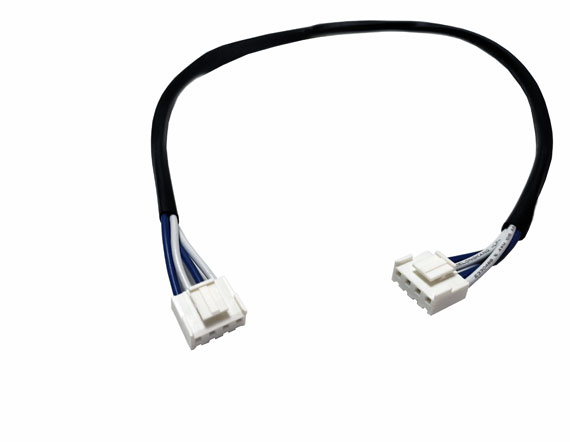
In the realm of circuit design, terminal wires hold a pivotal position in ensuring the success and functionality of electrical systems. Understanding their diverse roles, characteristics, and considerations is crucial for engineers and designers striving to optimize circuit performance. This article delves into the comprehensive exploration of terminal wires, highlighting their various functions, selection factors, and impact on circuit design.
Terminal wires act as crucial conduits for the flow of electrical current within circuits. They connect electrical components, such as resistors, capacitors, and integrated circuits, thereby establishing the necessary electrical pathways to facilitate efficient operation. Terminal wires allow current to enter and exit individual circuit elements, enabling the transmission of signals and power throughout the system.
The characteristics of terminal wires, such as their gauge, conductivity, and insulation properties, significantly influence the performance of the overall circuit. Proper selection and implementation of suitable terminal wires ensure minimal signal degradation, reduced noise, and enhanced reliability.
Several crucial factors play a significant role in determining the appropriate terminal wires for a given circuit design. These include:
1. Current Capacity: Terminal wires must be able to handle the maximum current that can pass through the circuit without causing overheating or degradation in signal quality.
2. Voltage Rating: Terminal wires should be selected based on the maximum voltage level of the circuit to prevent insulation breakdown or electrical arcing.
3. Environmental Conditions: Considerations such as temperature, humidity, vibration, and exposure to chemicals can influence the choice of terminal wires that can withstand such conditions without losing electrical conductivity or insulation integrity.
4. Size and Flexibility: The physical dimensions and flexibility of terminal wires must be compatible with the circuit layout and installation requirements, enabling easy routing and maintenance.
5. Cost and Availability: Terminal wires should strike a balance between their cost-effectiveness and accessibility without compromising performance and reliability.
The quality and suitability of terminal wires directly impact the overall performance, safety, and longevity of a circuit. Inadequate wire selection or improper wire routing can lead to increased resistance, voltage drops, electromagnetic interference, and other issues. These can result in circuit malfunction, decreased efficiency, or even hazardous conditions.
Moreover, terminal wires can influence the overall size, weight, and complexity of a circuit. Careful consideration of wire gauge, insulation thickness, and material properties can help optimize the circuit's footprint, making it more compact and lightweight.
Understanding the crucial role of terminal wires in circuit design is essential for engineers and designers striving for efficient and reliable electrical systems. By carefully considering selection factors and implementing suitable terminal wires, engineers can ensure optimal circuit performance, signal integrity, and system longevity.
Thus, mastering the art of selecting, routing, and implementing terminal wires enables engineers and designers to overcome diverse challenges and create innovative, high-performance circuits.